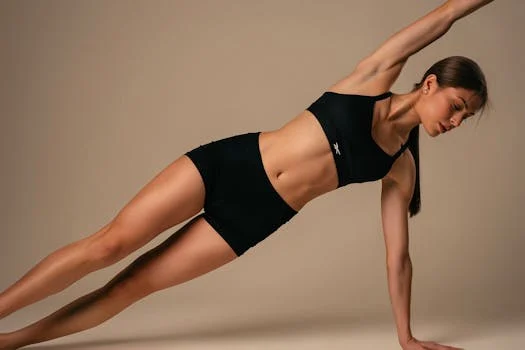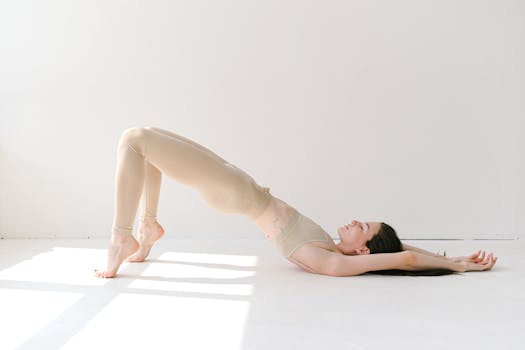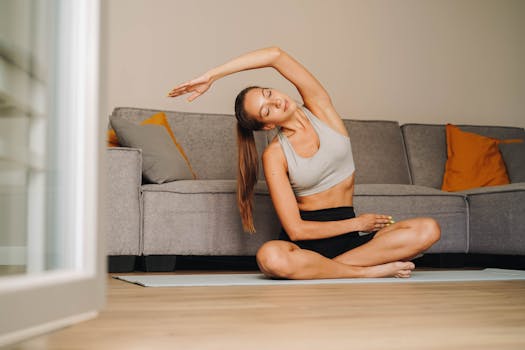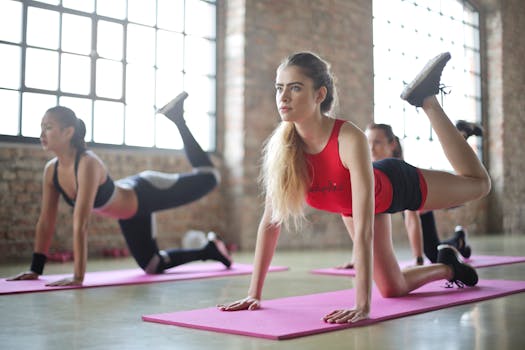
Introduction to Yoga and Pilates

In the ever-evolving world of fitness, both Yoga and Pilates have secured their places as effective methods for enhancing physical health and mental well-being. As exercise modalities, they offer a plethora of benefits but differ significantly in their philosophies, techniques, and outcomes. This article aims to break down the nuances of both practices so you can make an informed decision on which is right for you.
The Philosophy Behind Each Practice

Yoga originated in ancient India, promoting not only physical postures but also a method for attaining spiritual insight and understanding. Renowned for its focus on mindfulness, breathing techniques, and meditative states, Yoga seeks to harmonize body and mind. This holistic approach can lead to greater self-awareness and emotional tranquility.
Pilates, on the other hand, was developed by Joseph Pilates in the early 20th century with the intention of developing strength, flexibility, and body awareness through targeted movements. The primary focus is on controlled movements that emphasize core strength, posture alignment, and overall body conditioning.
Benefits of Yoga

Some primary benefits of practices like Yoga include:
- Improved Flexibility: Various poses stretch your muscles significantly, which can result in improved flexibility over time.
- Enhanced Mental Clarity: The meditative aspect aids in mental clarity and stress management, combining movement with stillness.
- Spiritual Well-being: Engaging in Yoga can facilitate a deeper connection to oneself and one’s surroundings, enhancing spiritual wellness.
- Reduced Stress Levels: Breathing exercises combined with physical postures can greatly reduce anxiety and stress levels, promoting relaxation.
Benefits of Pilates

Pilates offers a suite of various physical benefits, notably:
- Core Strength Development: Many exercises are designed to strengthen the core which contributes to better overall body conditioning.
- Improvement in Posture: Emphasis on alignment leads to better posture and awareness of body mechanics.
- Injury Rehabilitation: Known for its rehabilitative focus, Pilates is often used in therapy to restore movement after injury.
- Tonal Muscle Definition: The targeted strength training aspect of Pilates leads to lean muscle mass and tone.
Which Practice is Right for You?

Deciding between Yoga and Pilates boils down to personal preference and fitness goals. If you seek a more holistic approach focusing on mind-body connection with multiple levels of complexity and beneficial repercussions for stress management, Yoga could be more compatible with your needs. Conversely, if your goals revolve around improving core strength, toning muscles, and enhancing stability for everyday activities, then Pilates may prove to be more fruitful.
Many individuals also amalgamate elements from both practices in their routines to enrich their overall fitness experience. Testing out classes or engaging in a hybrid approach can help determine whether a balanced blend or singular method fits your lifestyle better.



